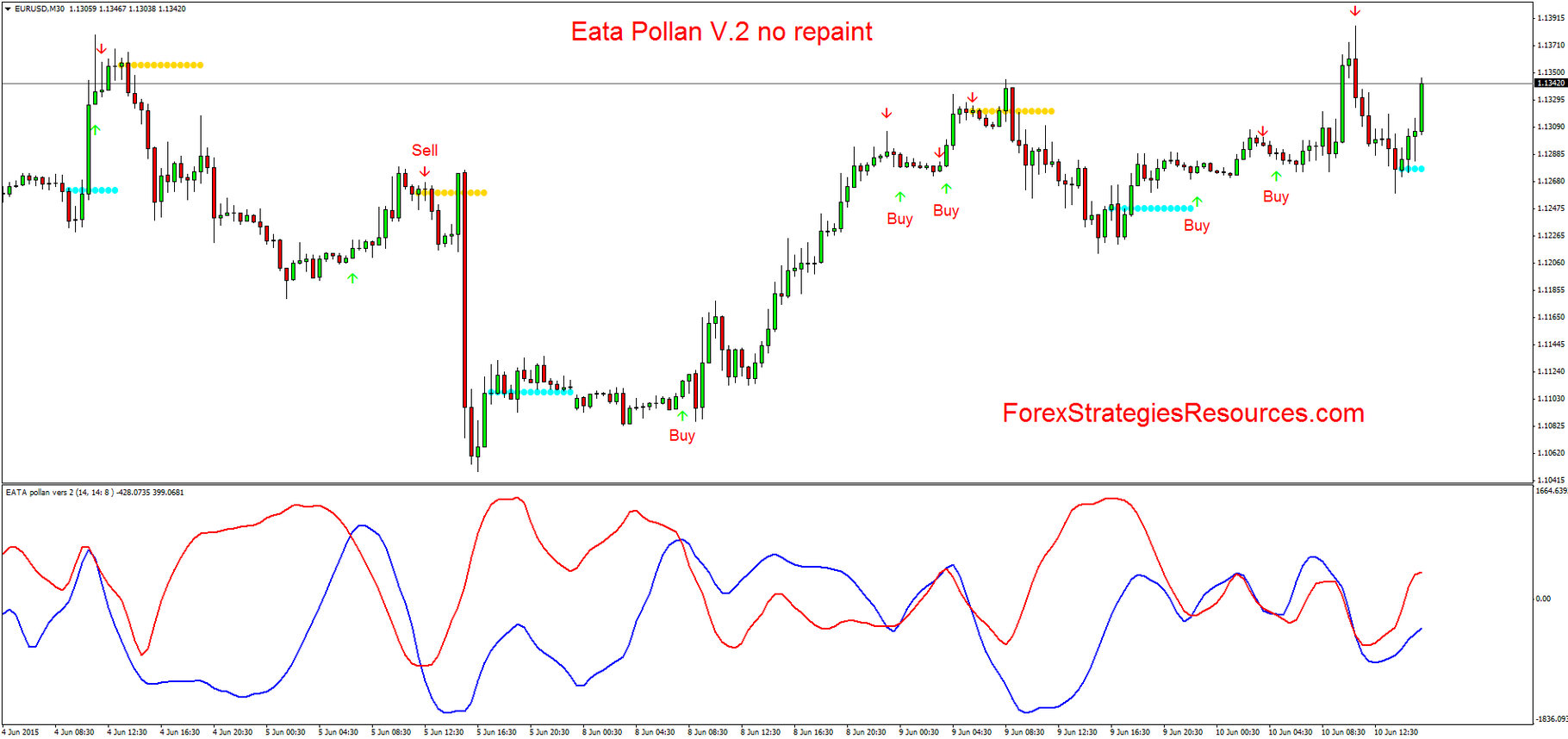What is a trading indicator?

A buying and selling indicator is a mathematical calculation or visible illustration of market data utilized by traders and buyers to analyze and forecast future price movements in monetary markets. These indicators assist merchants make informed decisions about shopping for or promoting property corresponding to stocks, currencies, commodities, or cryptocurrencies. Trading indicators are a vital a half of technical evaluation, a methodology that relies on historic worth and quantity information to predict future price trends. There are numerous forms of trading indicators, each serving a selected objective. Some frequent forms of buying and selling indicators include:
Moving Averages (MA):
Moving averages easy out value information by calculating the common value over a specified time period. They help establish developments and provide support and resistance ranges.
Relative Strength Index (RSI):
The RSI measures the pace and change of price actions to evaluate whether an asset is overbought or oversold. It ranges from 0 to a hundred, with ranges above 70 indicating overbought conditions and levels beneath 30 indicating oversold situations.
Moving Average Convergence Divergence (MACD):
The MACD is a trend-following momentum indicator that consists of two shifting averages and a histogram. It helps identify modifications in the power, course, and period of a pattern.
Bollinger Bands:
Bollinger Bands encompass a middle band (a shifting average) and two outer bands that characterize normal deviations from the center band. They assist identify volatility and potential reversal points.
Stochastic Oscillator:
The stochastic oscillator compares the closing price of an asset to its price range over a specified period. It offers details about potential development reversals.
Ichimoku Cloud:
The Ichimoku Cloud is a comprehensive indicator that provides details about support and resistance ranges, development course, and momentum. It consists of a number of lines and a cloud space.
Fibonacci Retracement:
Fibonacci retracement ranges are primarily based on the Fibonacci sequence and are used to determine potential support and resistance ranges. Traders use these ranges to foretell price retracements.
Volume Oscillators:
Volume indicators, such because the On-Balance Volume (OBV), give consideration to buying and selling quantity. They assist assess the strength of worth actions and potential development reversals.
Average True Range (ATR):
The ATR measures market volatility by calculating the typical range between high and low prices over a specified period. It helps merchants set stop-loss and take-profit levels.
Parabolic SAR (Stop and Reverse):
The Parabolic SAR indicator supplies potential entry and exit points by plotting dots above or below the worth chart. Forex Trading Robot helps identify development reversals.
Williams %R:

Williams %R is a momentum oscillator that measures overbought and oversold circumstances. It ranges from -100 to zero, with values under -80 indicating oversold conditions and values above -20 indicating overbought situations.
Average Directional Index (ADX):
The ADX measures the power of a pattern, no matter its direction. It helps traders assess the power of a current development and potential development reversals.
Traders use a mix of these indicators and others to develop buying and selling methods, make knowledgeable choices, and manage danger. It's necessary to notice that trading indicators aren't foolproof, and merchants should use them at the facet of different forms of analysis and threat administration methods. Additionally, the selection of indicators and their parameters can range depending on the trader's specific buying and selling style and goals..
